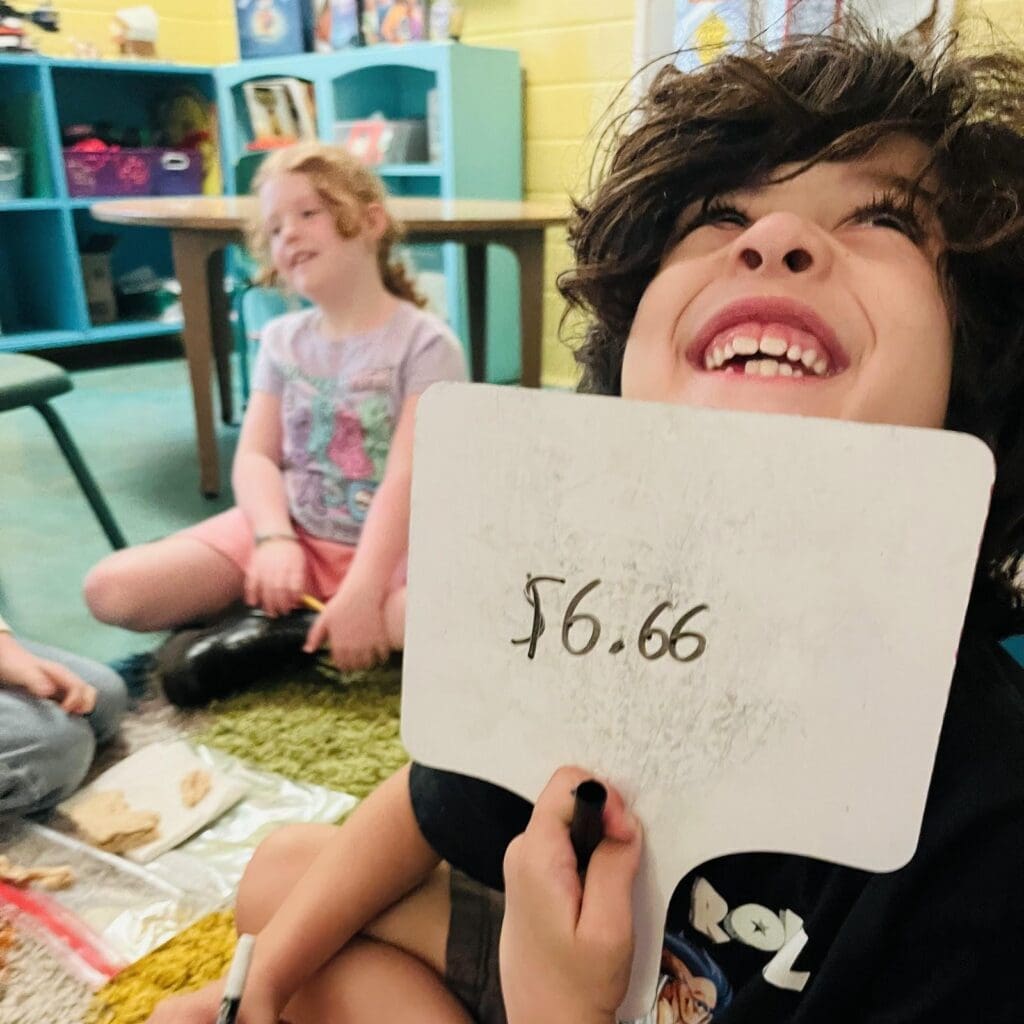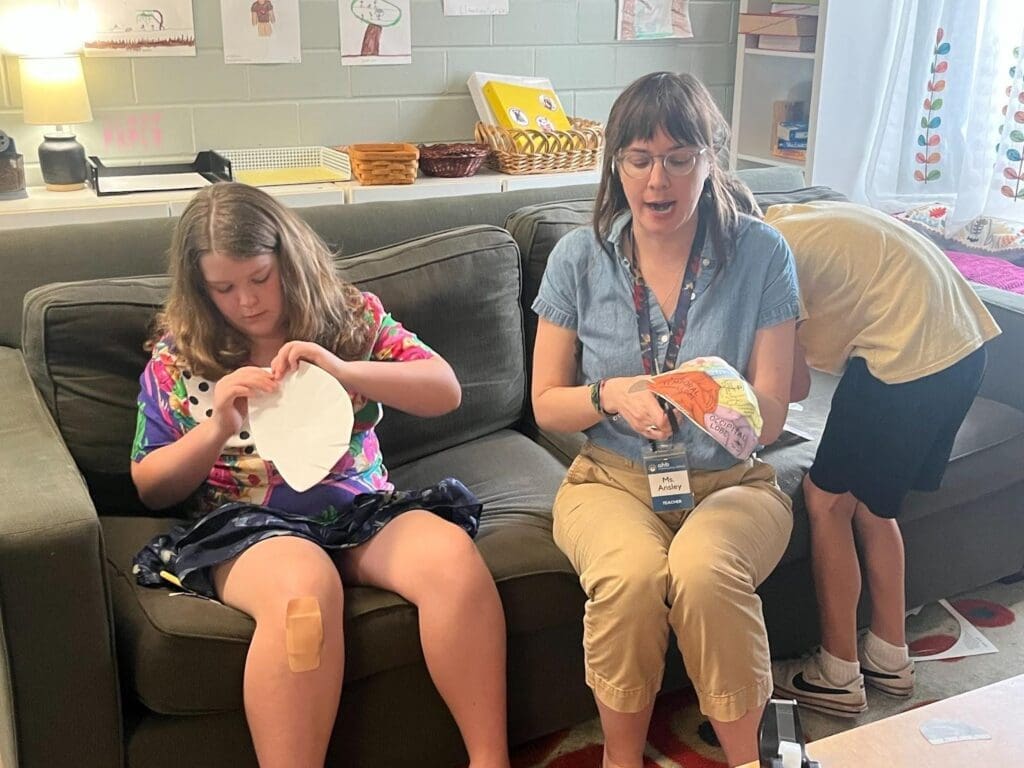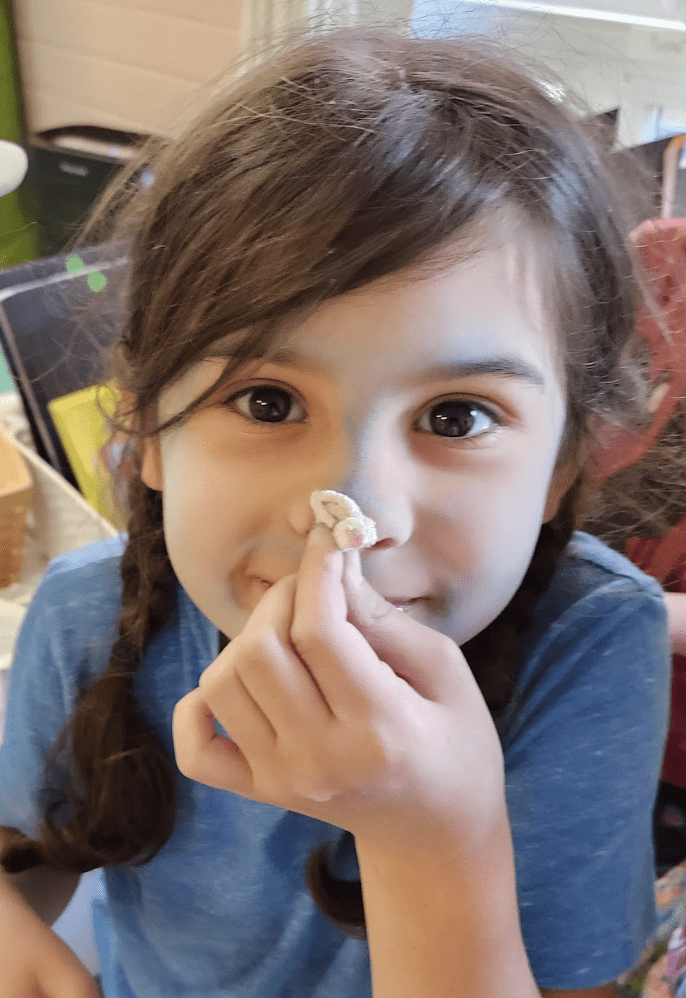
This week in Our Big Backyard…
We Alphas knew that Austin-soil depends on our native grasses and forbs to build it up, as well as to HOLD ON TO IT with its long root systems to prevent it from eroding. We knew that grasses produce seeds – and so do forbs – and in fact – that’s one of their big purpose in life – to reproduce! We remembered that when we went and collected the Lindheimer Muhly grass seed, the grass grew up and out like a fountain, with the seeds at the top. That’s because when it’s ready to pollinate, it uses the wind to blow it around and send pollen hither and yon. But forbs, use a different technique. They grow flashy flowers with delectable odors, and tasty nectar to entice creatures to visit them and spread pollen stamen to stigma. We created chalk pollen and saw how we could collect it if we had fuzzy body parts. Then, we went from pollen-flower to pollen-flower.
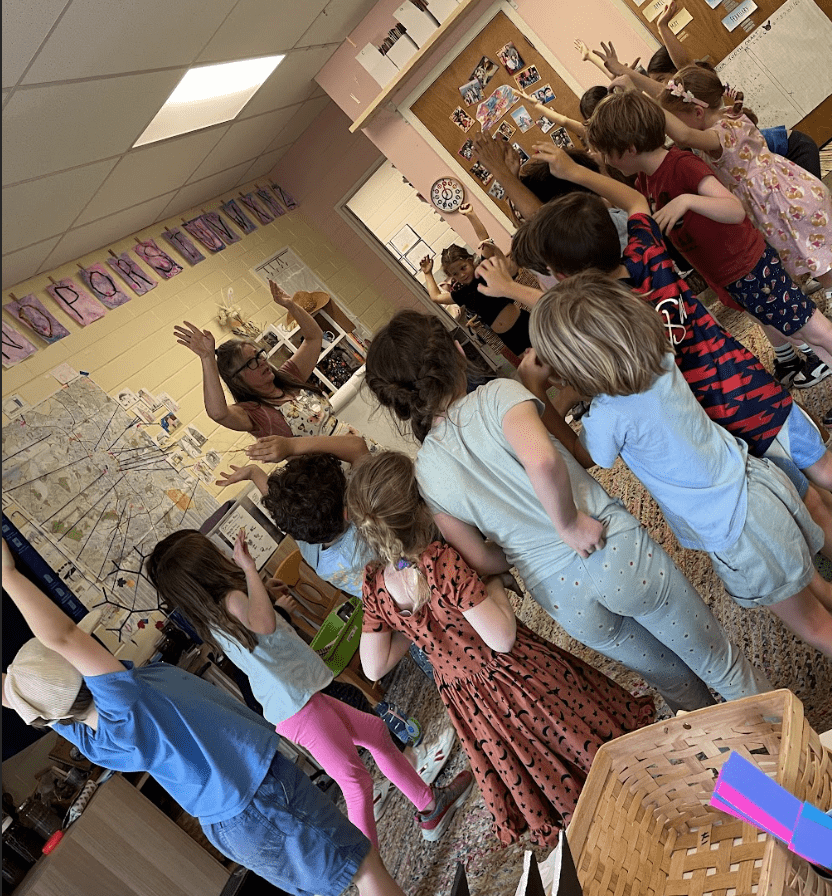
Be the grass blowing in the prairie…

Landon, whittling chalk-pollen with closed scissors…
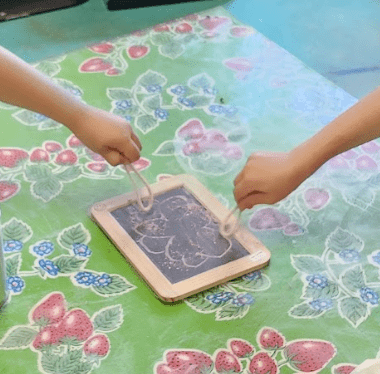

We travelled from “flower” to “flower”…
We learned that there are many different types of pollinators: birds, bats, and insects! Scientists call creatures with backbones “vertebrates” and those without, “invertebrates,” and they are the creatures we talked about this week!

Our first invertebrate was the mighty beetle! While some beetles rely completely on nectar and pollen from flowering plants, many beetles are accidental pollinators! They just happen to pollinate flowers while in pursuit of prey – like the fierce and mighty Ladybug. A ladybug is a ferocious hunter who loves to hunt aphids which are critters that damage flowering plants! One nectar-loving beetle is a firefly. It is a great pollinator and in decline which is not a good thing – not for the forbs and definitely not good for the firefly-lovers in the room! Alphas really wanted to help them. They learned that fireflies spend most of their lives living in leafy compost and they lay their eggs beneath it. This is the time of year though, that people rake away all the leaves! What could we do?
We had all kinds of imaginative suggestions from an amazing leafy kind of leafy firefly resort and spa to a cordoned-off area of the yard filled with leaves – plus school posters, neighborhood posters, as well as posts on social media, and letters to our elected officials.
Then we pretended that on a botany exploration, we each had discovered a fantastic new beetle. They all needed to have the same body parts but the Alphas had seen a LOT of crazy-different looking beetles, so they were excited to get started with drafts before committing to their final masterpiece!
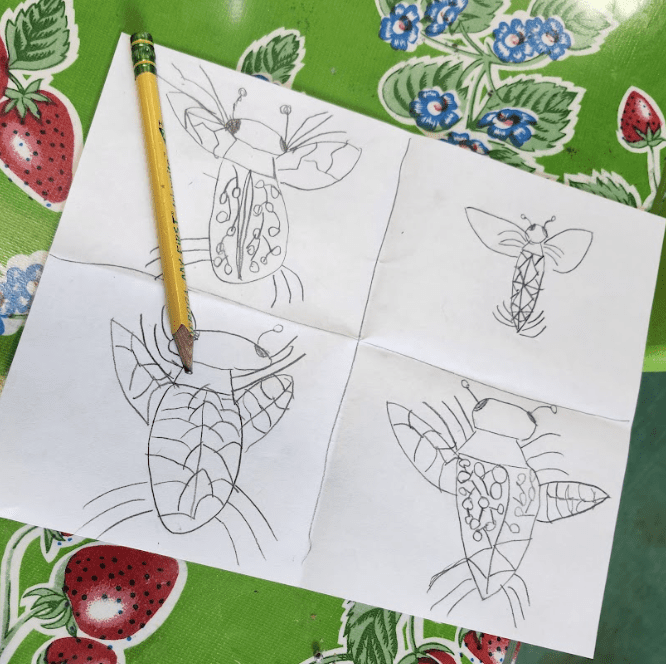

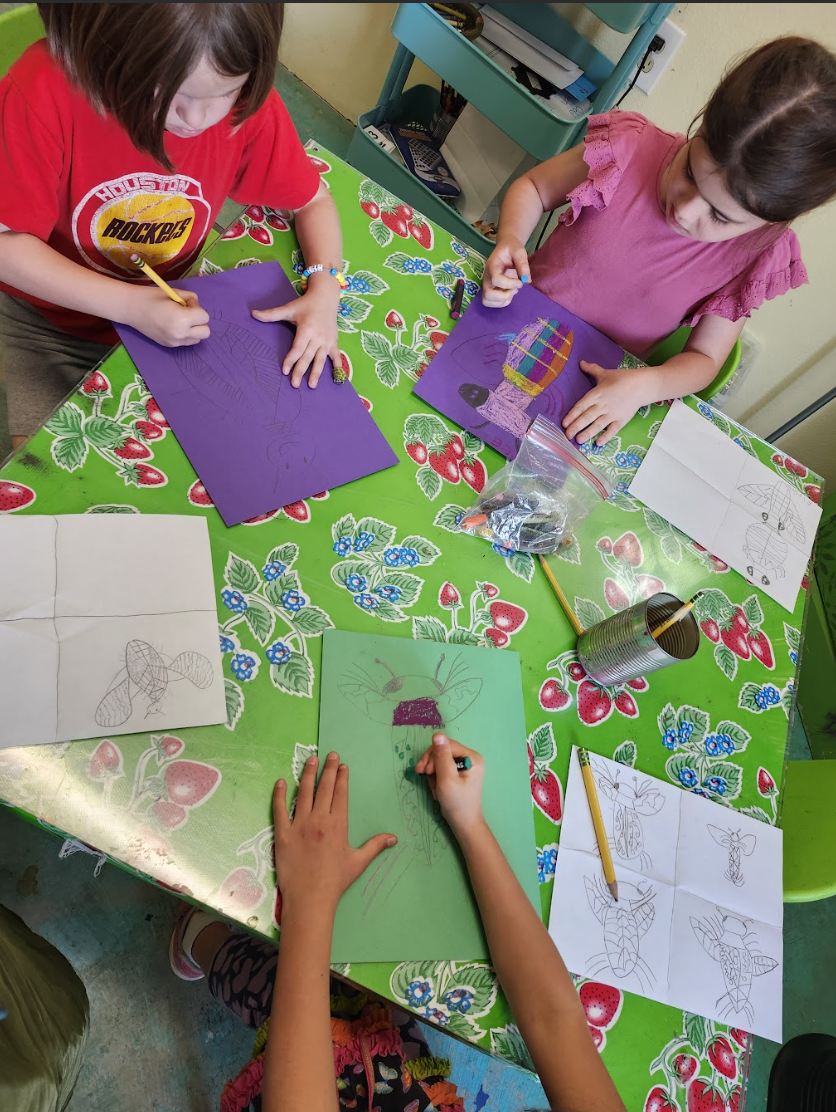
Some of the best kinds of Texas pollinators are our native bees. We all were well aware of honeybees and are grateful for their hard work but it turns out that honeybees came over with European settlers! Texas native plant specialists tell us that our native bees get more done better! We learned that most of them are solitary which makes them not very aggressive. They come in all shapes and colors. We learned that many build nests in the ground and others build nests in small holes they find. Alpha table teams built mason bee nests to support our native bee population.
Roll paper tubes…
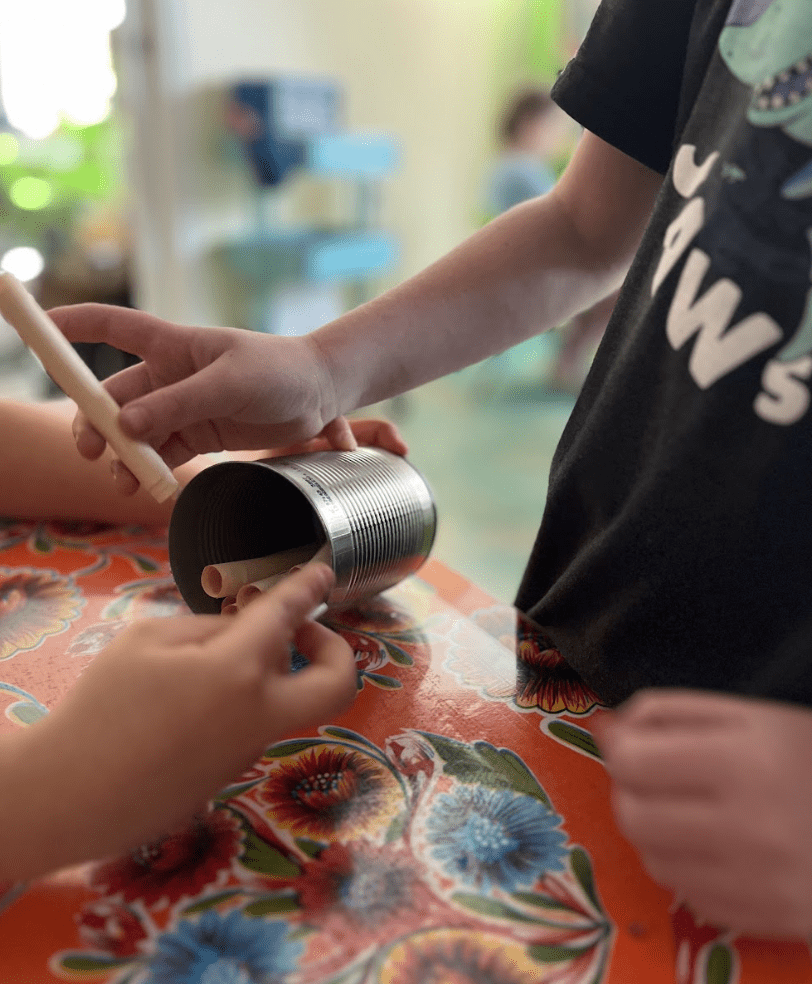
Put tubes in can…”How many more do we needs?”
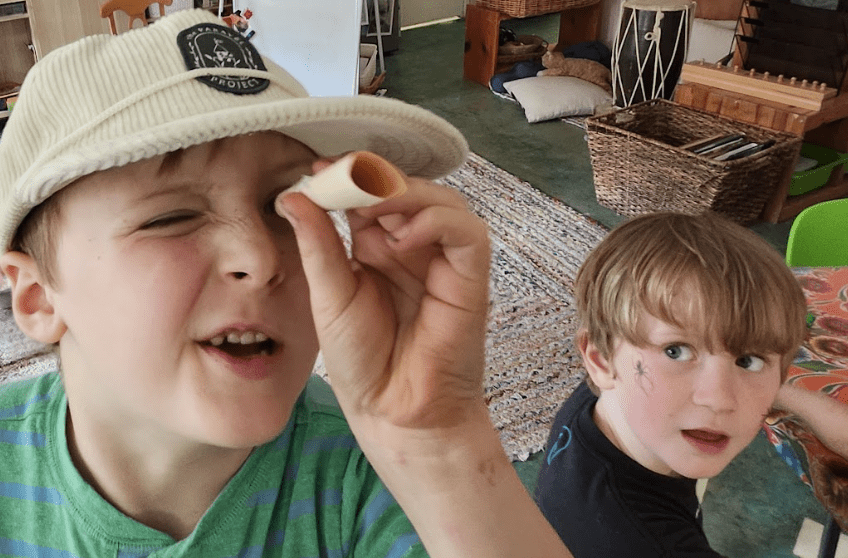
“No bees yet!”
This week in Language Arts…
Ms. Eliza’s group…
Our letters of the week were Ii & Ff. We’ve been learning how to distinguish vowels from consonants and discovering, not only that vowels have several sounds, but there’s also at least one in every word! We looked at a beautiful non-fiction book about Butterflies which had many interesting aspects such as a table of contents and a glossary as well as interactive elements including life cycle wheels and fold outs. Nonfiction books are full of surprises! SInce we were studying pollinators this week, we also read a legend about hummingbirds.
Reading…
drawing hummingbirds…
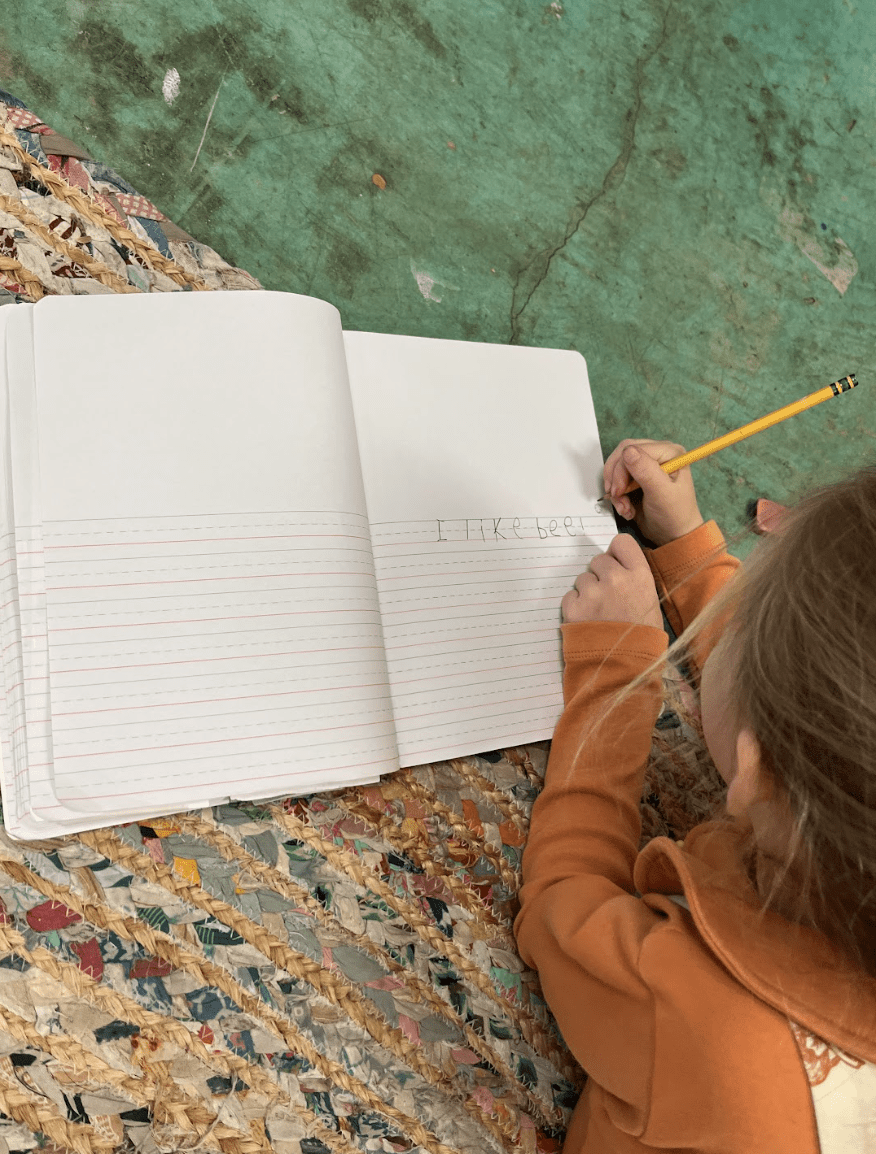
& writing sentences with sight words
Ms. Kim’s Group…
Alphas were introduced to the FLOSS rule for the very first time! This, they shall encounter again and again throughout their academic career, but my goodness, they are catching on!!!!

Just in case anyone has a concern about the word “hell” on our whiteboard:
we have been learning the the “Double Double Toil and Trouble” poem from Macbeth and the weird sisters are making a hellbroth.
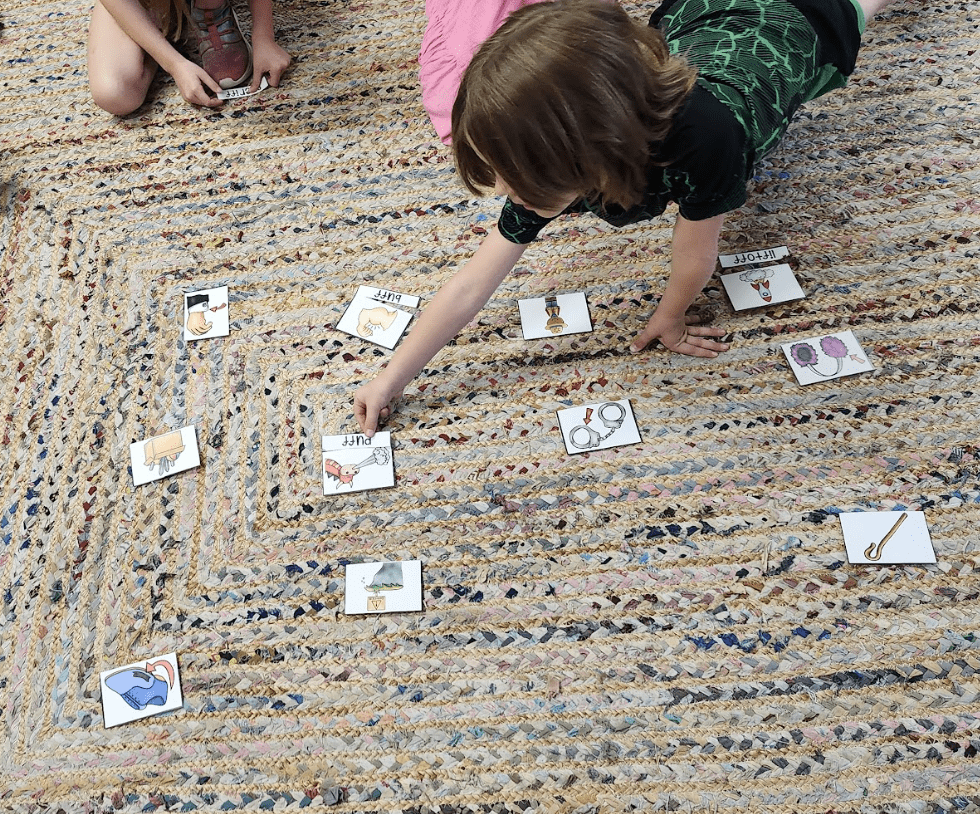
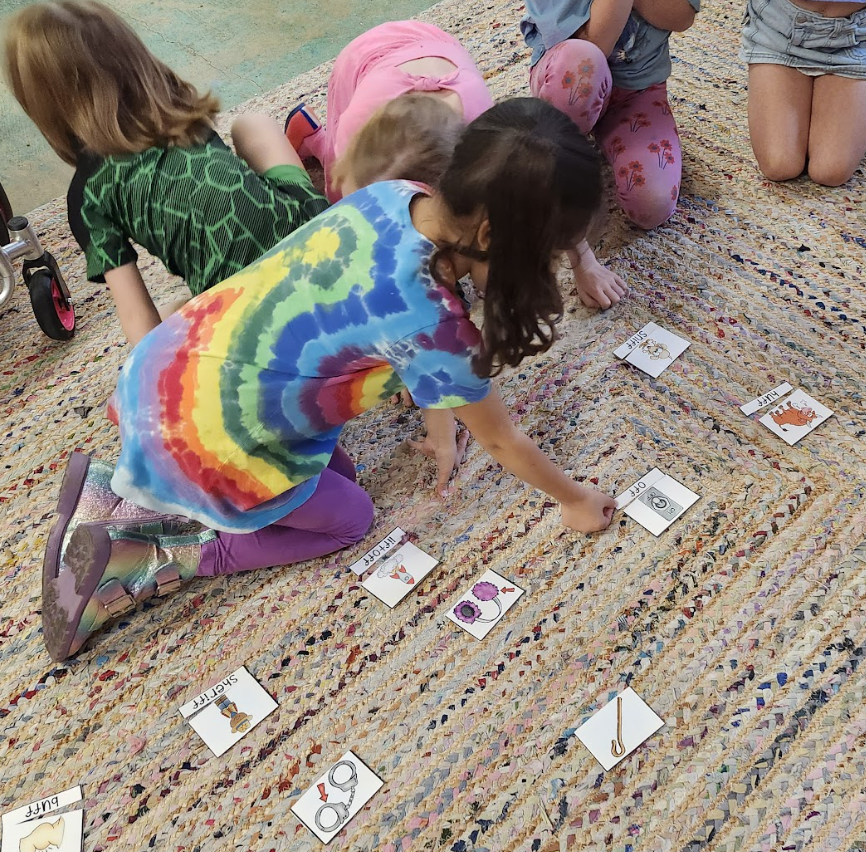
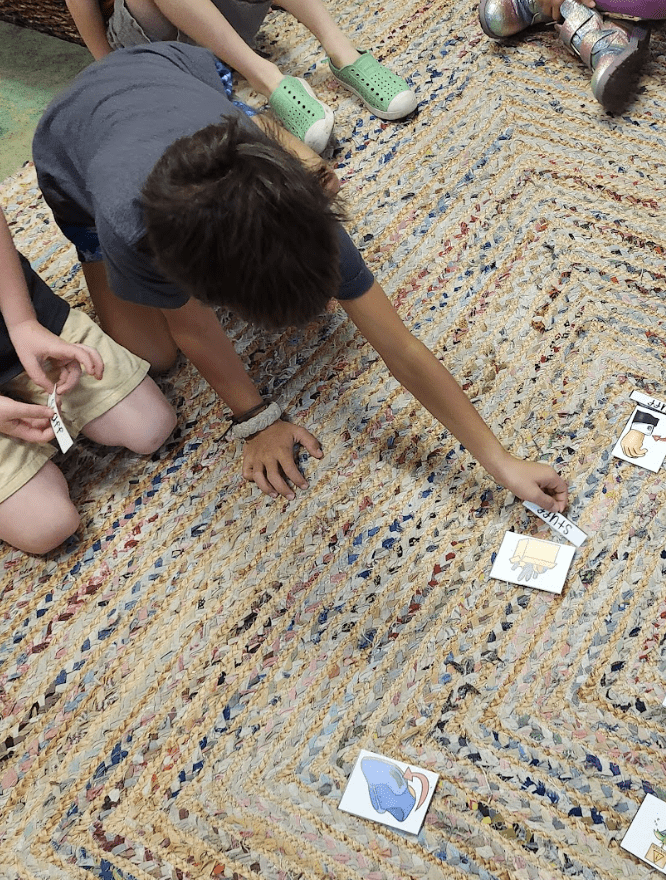
We continued playing with opinions…WOW, how they vary!!!!
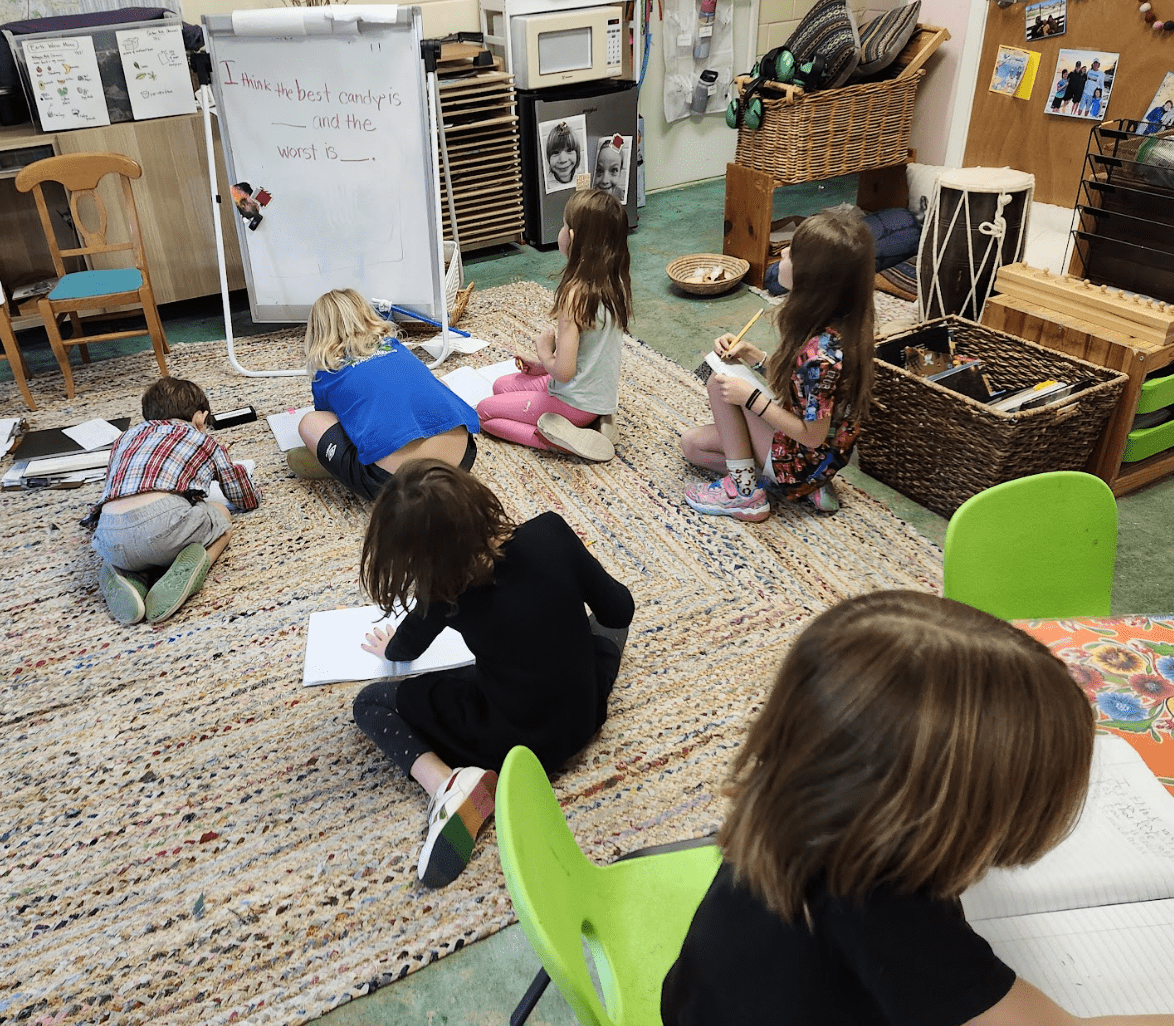
We shared our how-to book titles from our P&P assignments!
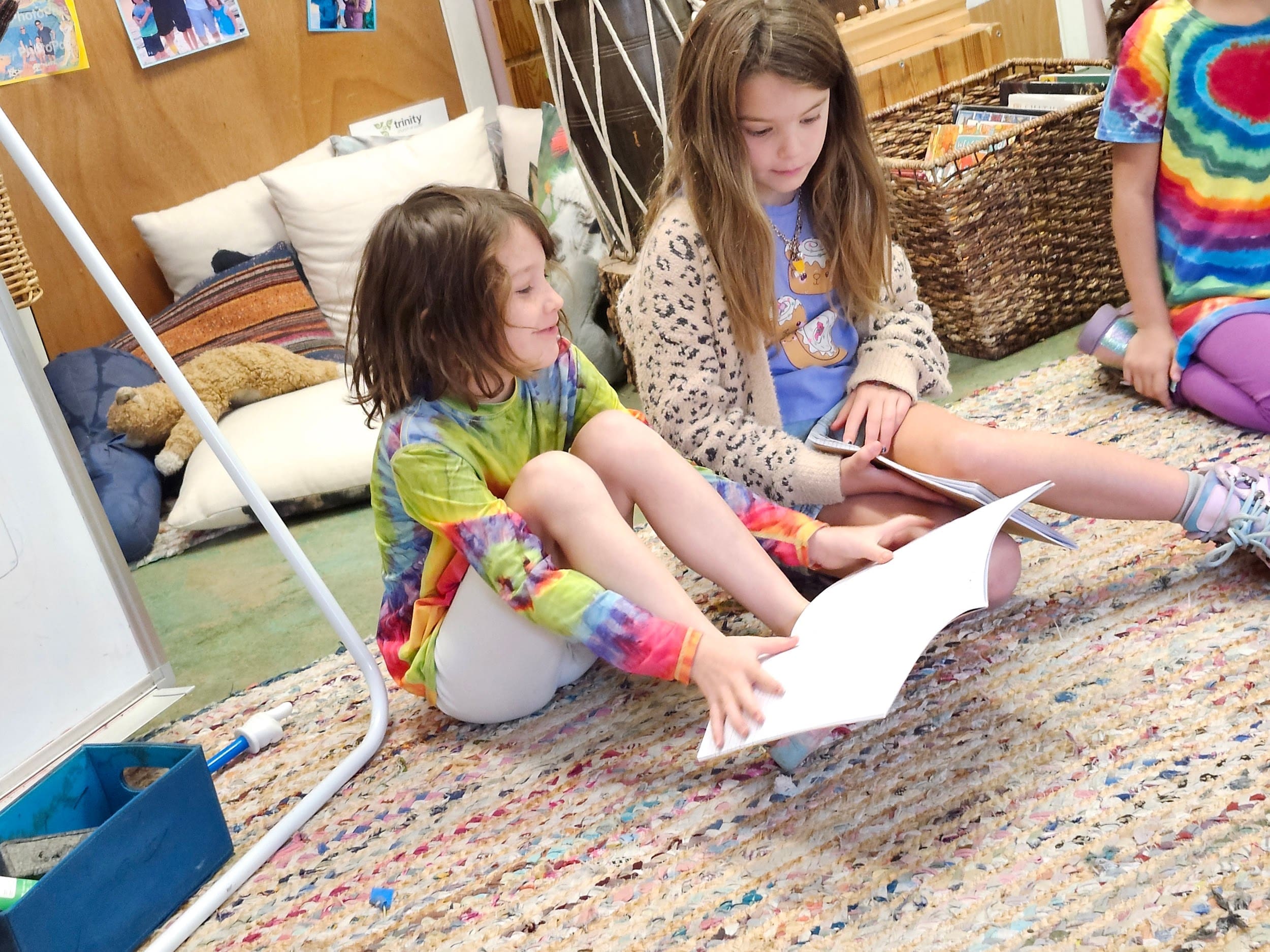
We dialed down on a specific type of nonfiction book, the “how-to” book. We talked about what goes into giving directions. Then the students tried to explain to Ms. Kim how to make a peanut butter and jelly sandwich.
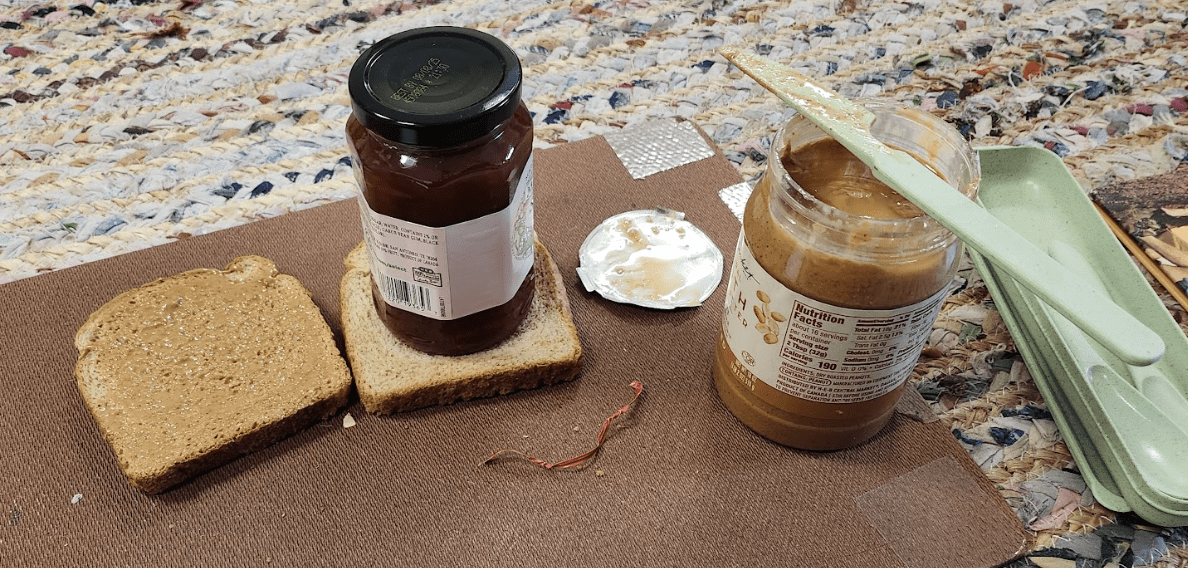
“Get 2 pieces of bread. Get a knife and spread the peanut butter on the bread. Next, put the jelly on the other piece.”
It is a lot harder to give instructions than it seems. Ask a teacher… 🙂
This week in Math…
Ms. Kim’s Group…
We did some more counting…
We started subtracting… in our workbooks…
and
we met “The Bag of Mystery!”
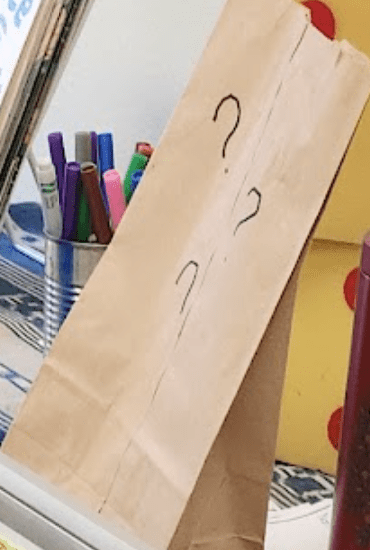
This is a critical thinking challenge we got from Marilyn Burns and we LOVE it – it captures everyone’s curiosity and they can deduce the answer – eventually. We start with a bag full of something and the student has to figure out what’s in it. “Figure out,” means “not guess.” So get clues along the way, they use manipulatives to experiment and test their answers; they use colored pencils to code their numbers to match their manipulatives. It took 2 days but they figured it out!
Hmmm…there sure are a lot of color choices…
The clue: There are less than 10 snap cubes in The Bag of Mystery.
YES. The answer is 5.
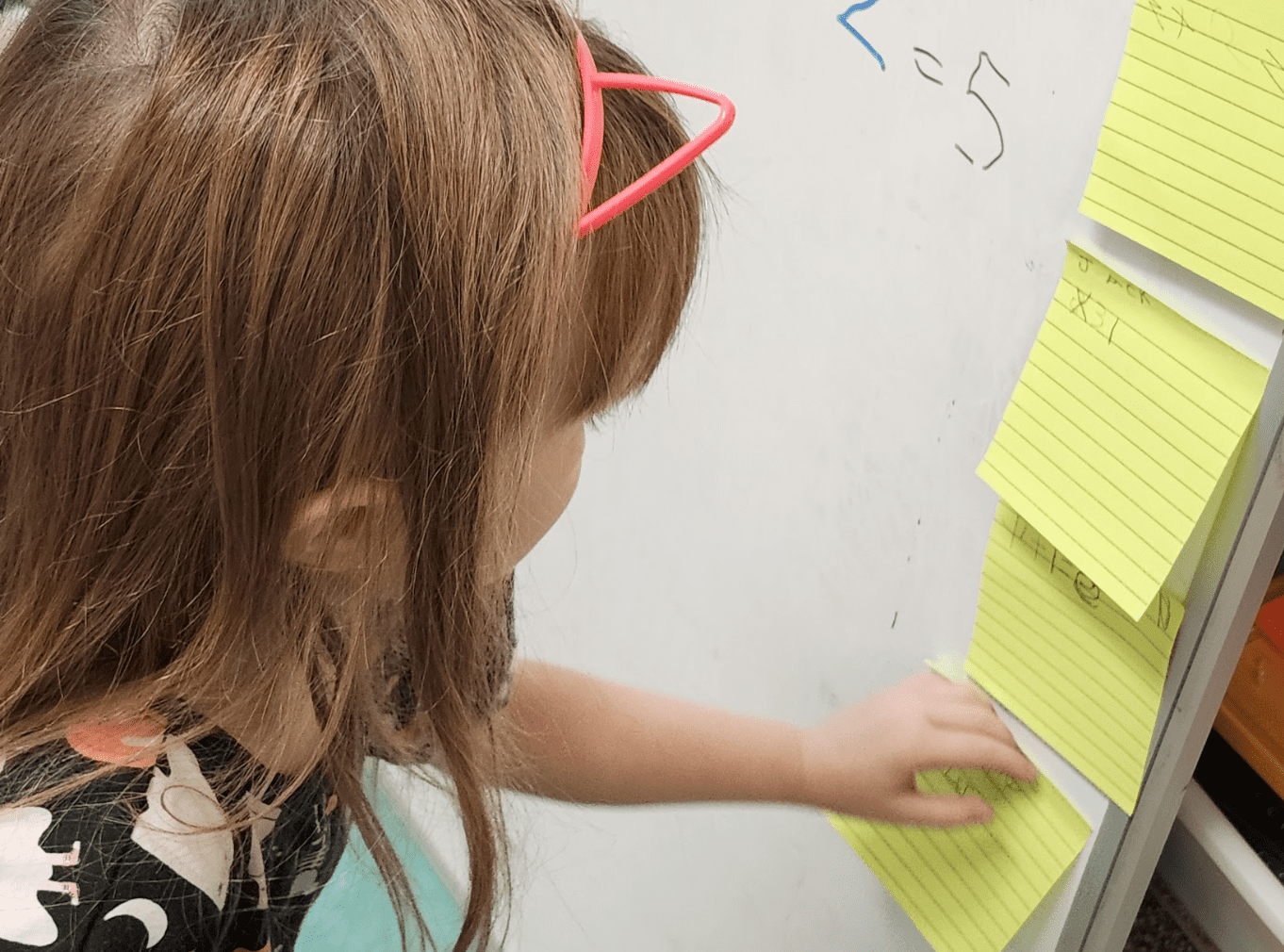
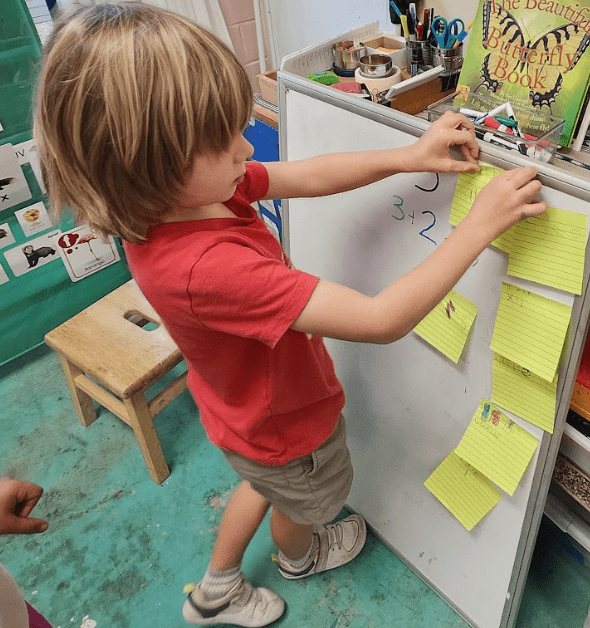
The clue: There are only 2 colors in the bag what could they be… Yes! One of the colors IS red…one of the colors IS black…
Ms. Eliza’s group…
This week we continued our study of what subtraction is. We learned how to put together 2 numbers using the 2 sides of a domino and getting the sum of both parts. (11 + 3 = 14) We then looked at how subtraction happens when we take that larger number apart and we see the difference. (14 – 3 = 11) and one of us realized that it could go the opposite way too (14 -11 = 3).
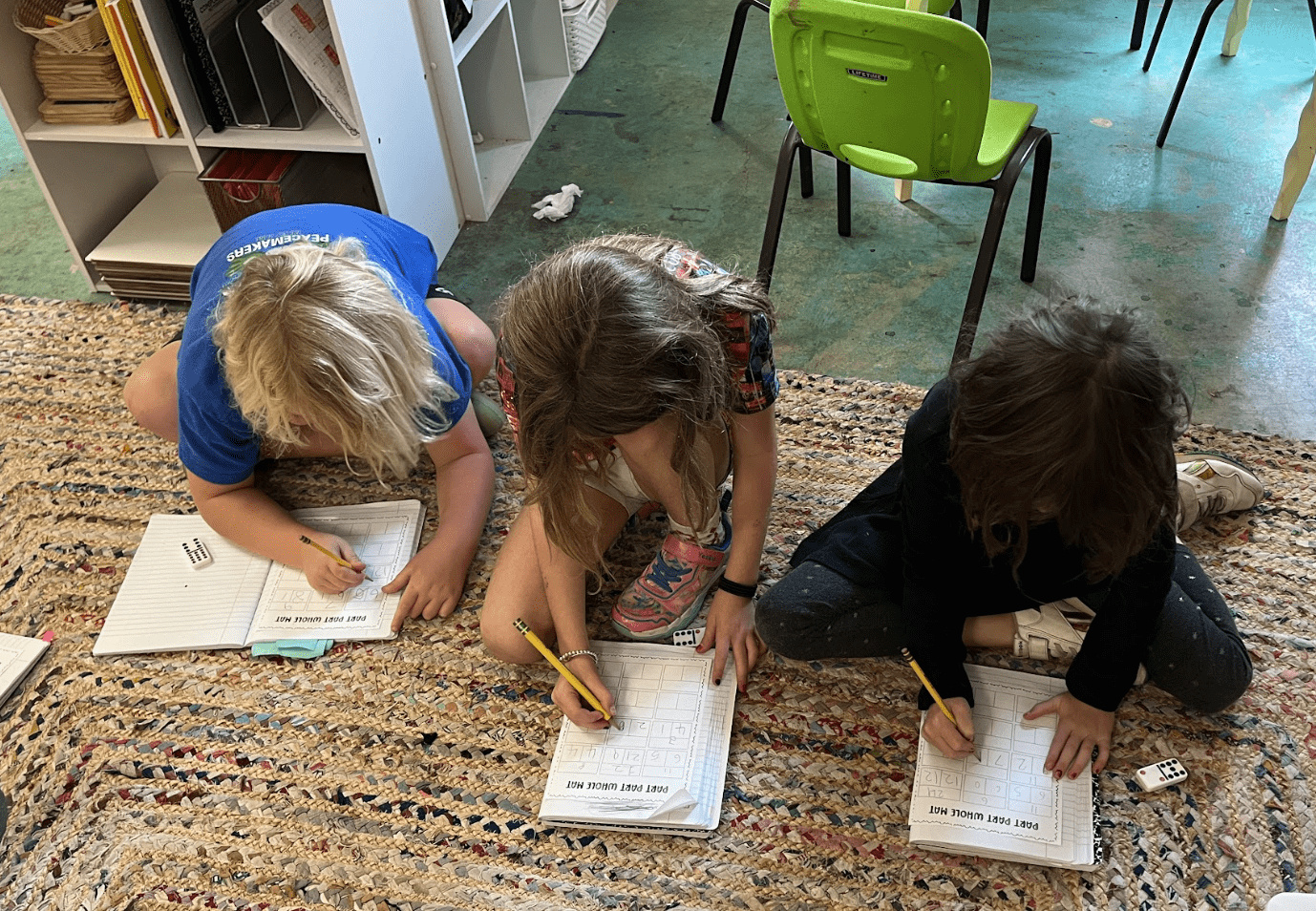
We wrote, drew and expanded our 60’s (We’re all getting really good at this) and we met Ms. Eliza’s Magical Black Cat who created an interesting word problem about lizards and crows that we had to solve. Again, teams came up with different answers and it was interesting to see where adjustments could be made to solving it. All teams came up with very good strategies to work the problem out. And that alone is a large part of problem solving!
& In Other News…HALLOWEEN!!!!
A friendly lion with a ferocious ROAR…

a cat, Princess Aurora & a vampire who just drank her breakfast…
The Galaxy and her trusty lion Noodle (who doesn’t really like his mane)…
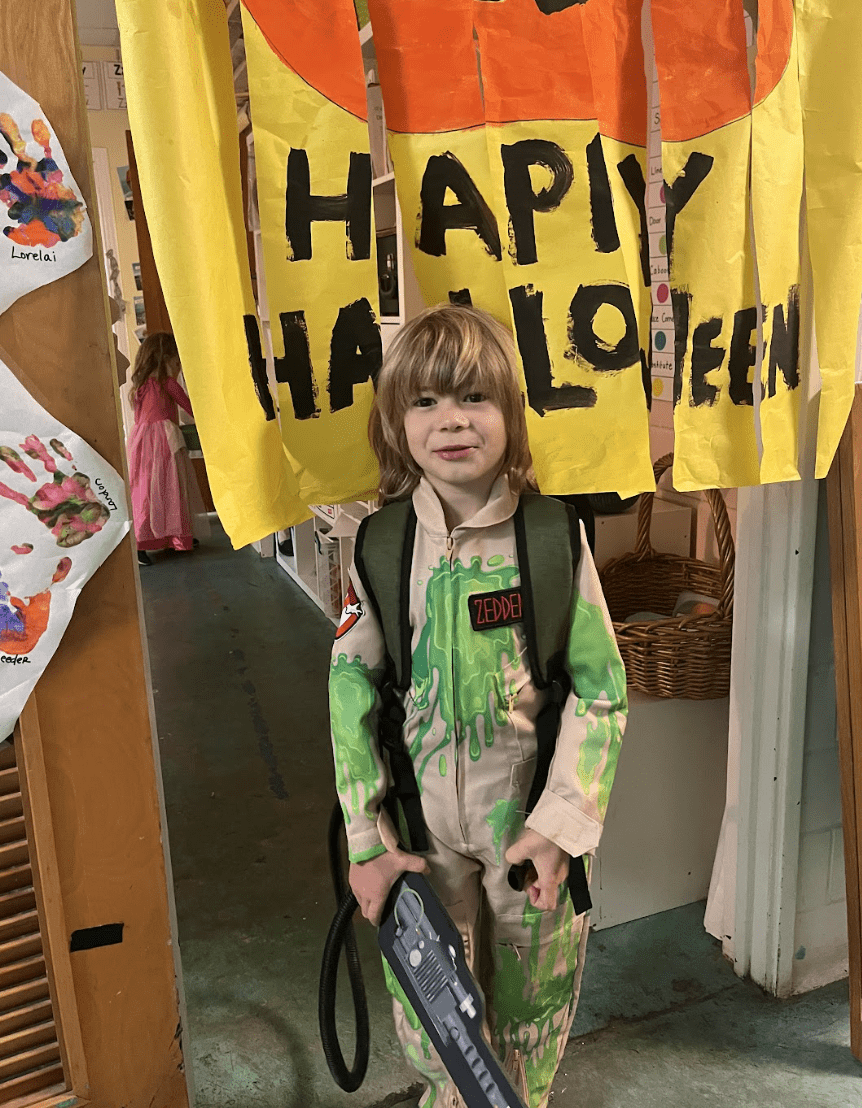
Our ghost collector..oh, we mean..BUSTER…
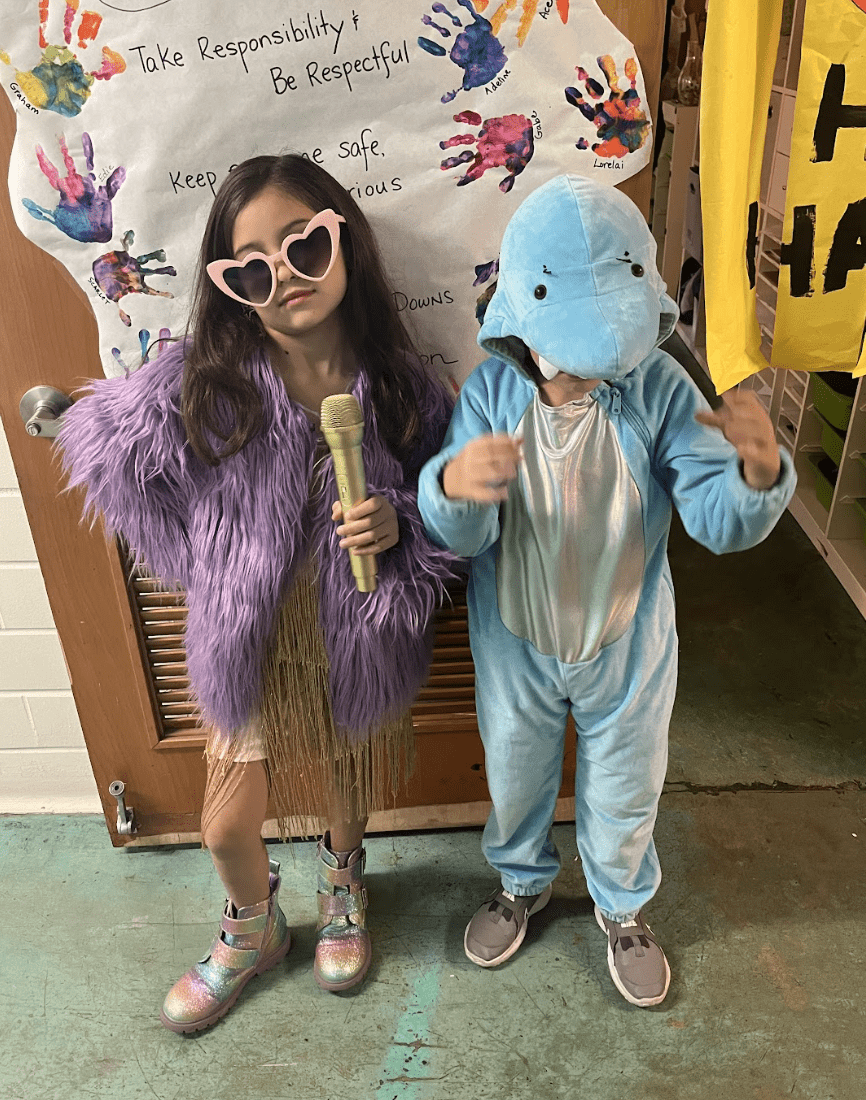
Taylor Swift with The Shark…
And The Butterfly
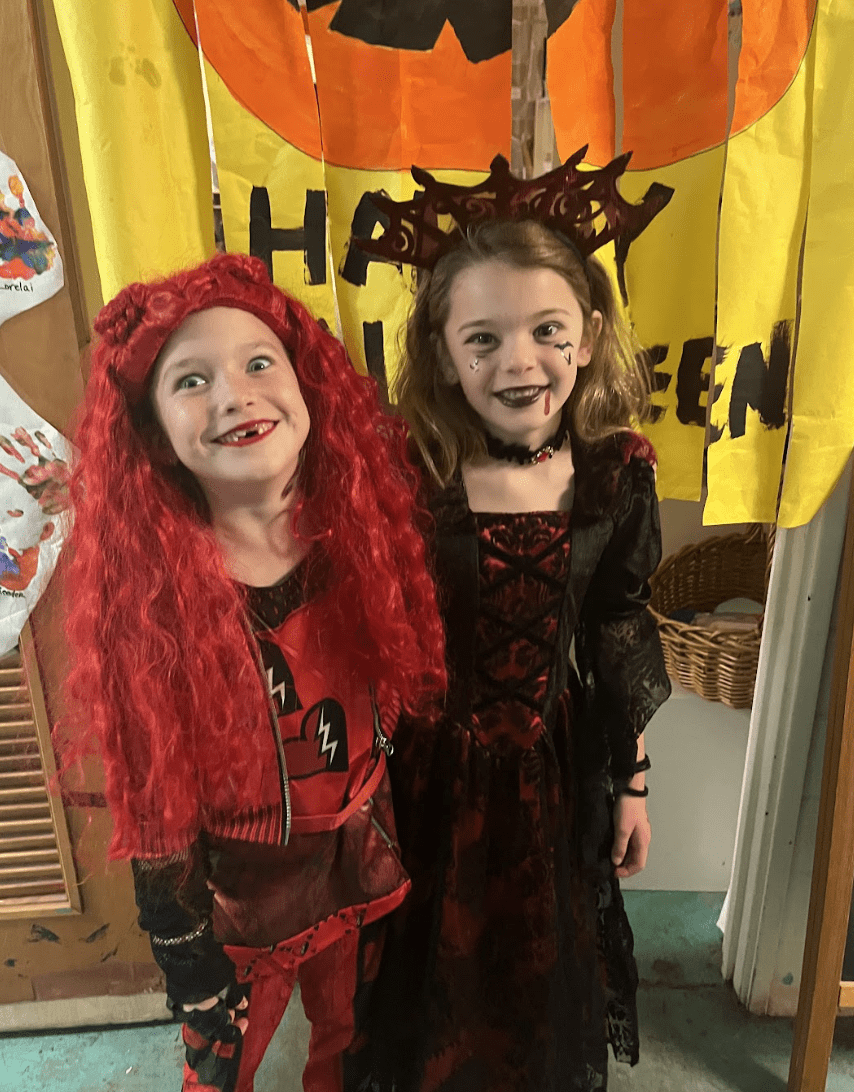
Red…for two different reasons!…
A witch, Darth & Protector of the Castle…
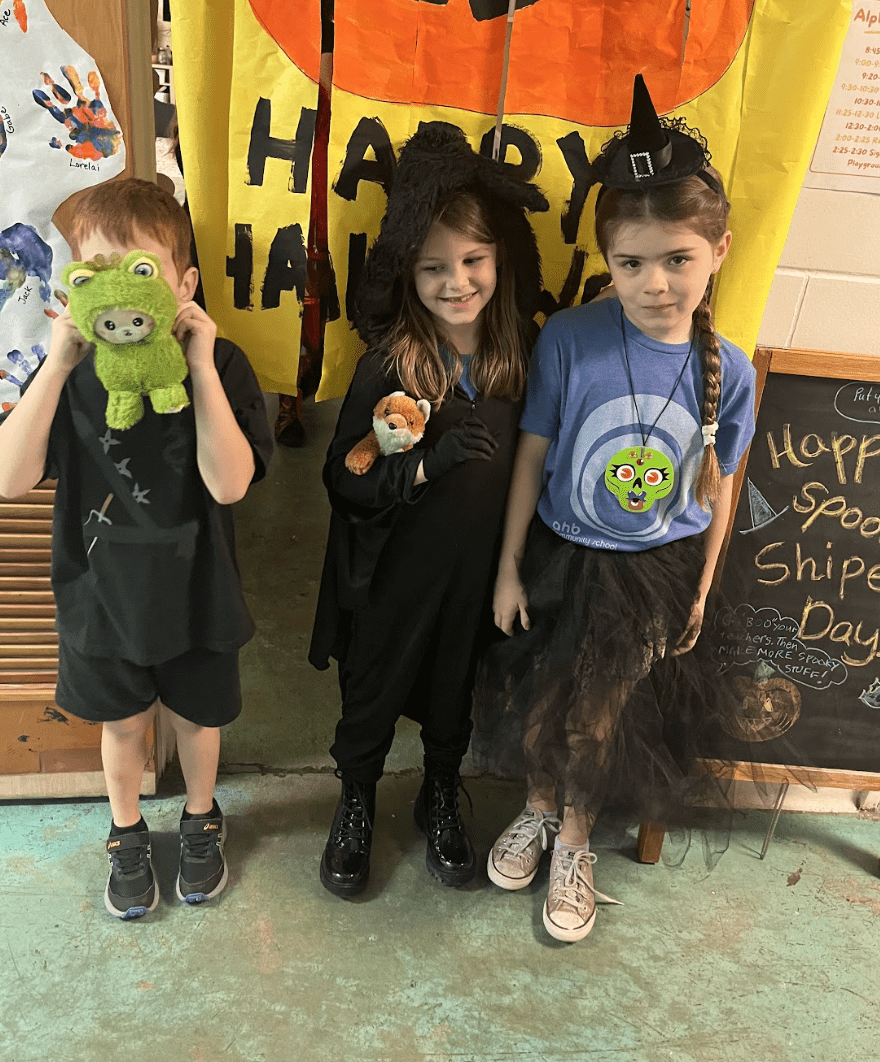
Just Being Ace…A Black Cat & more Witchy powers…
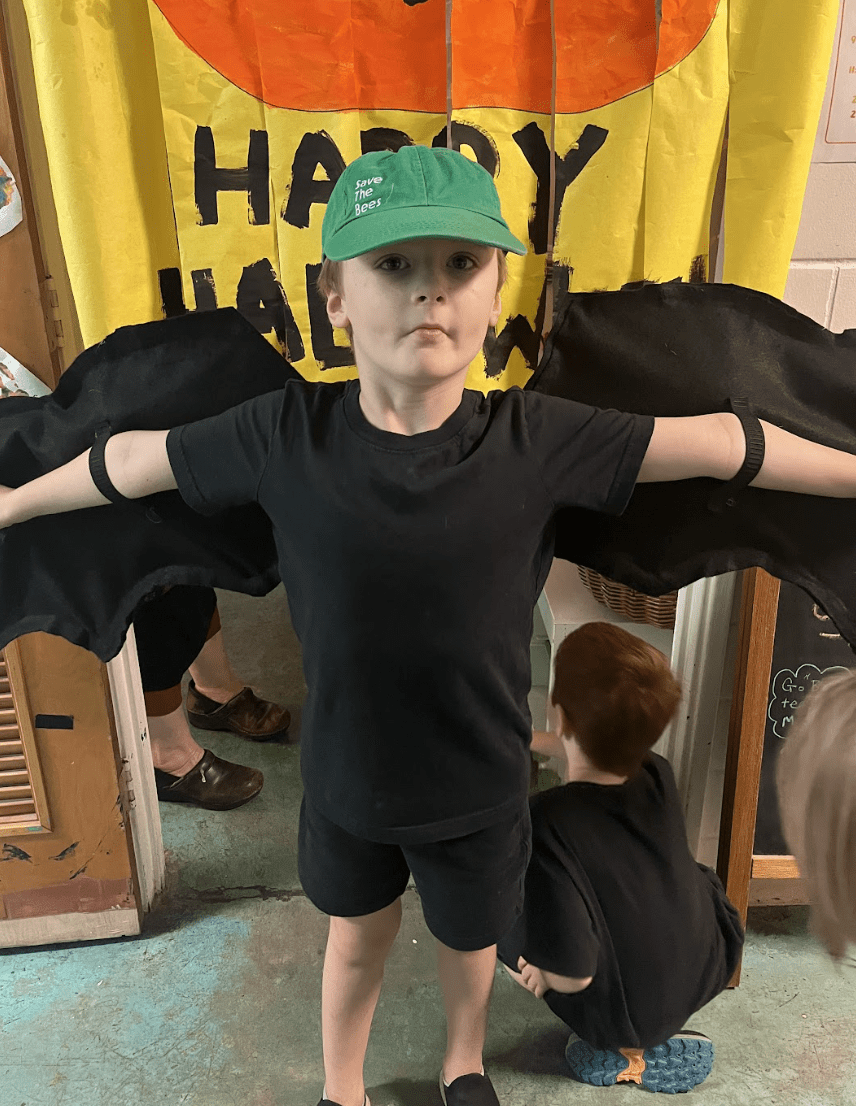
A Mexican Free-tail Bat…
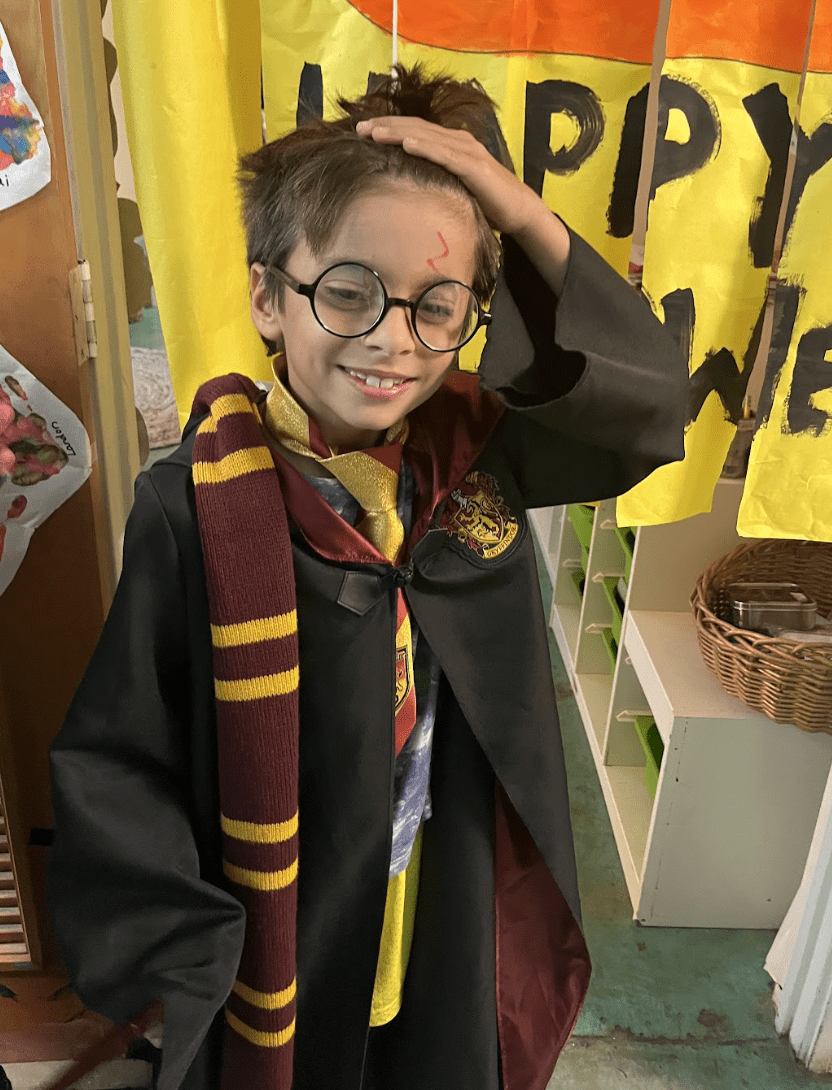
Harry Potter…
&

Should there be any dead souls…we have our very own Grim Reaper!


